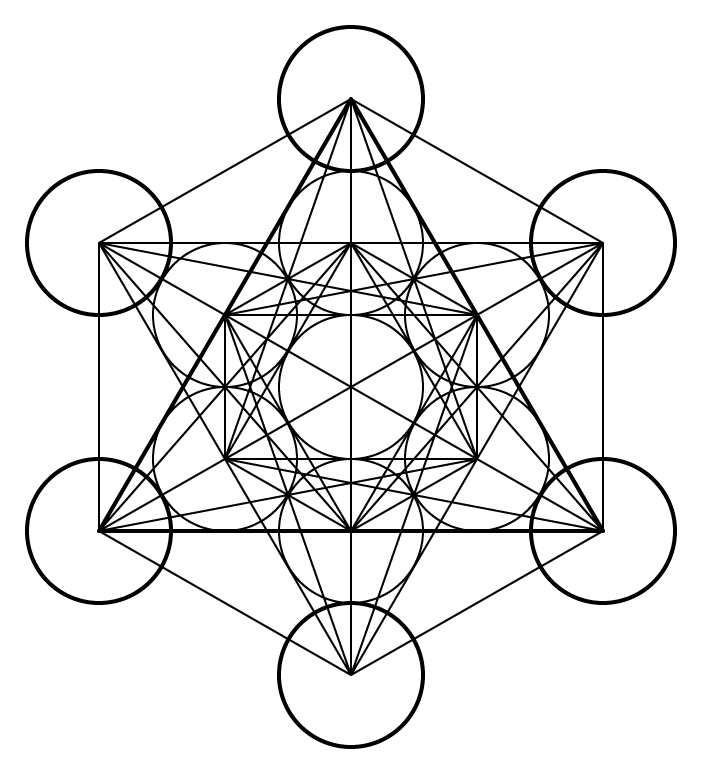Granite is a coarse-grained, intrusive igneous rock primarily composed of quartz, feldspar, and mica, making it a part of the plutonic class. Exhibiting a wide range of colors such as white, pink, gray, and black, granite is known for its distinct granular texture and high durability, which contributes to its popularity as a building material and decorative stone.
Mineral Makeup
The mineral composition of granite includes quartz, feldspar, and mica. Quartz, a transparent to opaque mineral, is typically colorless, gray, or white. Feldspar, the most abundant group of minerals in Earth’s crust, can be either potassium or plagioclase feldspar, with colors ranging from pink to white or gray. Mica, which is either biotite (black mica) or muscovite (silver to colorless), appears as thin, flexible, and shiny flakes within the granite.
Origin
Granite forms through the slow cooling and solidification of magma deep beneath the Earth’s surface. This gradual cooling process allows for the growth of large, visible crystals, resulting in the coarse-grained texture characteristic of granite. Intrusive igneous rocks like granite are typically found in the cores of mountain ranges and as batholiths, which are large, exposed masses of rock.
Occurrence
Granite is abundant worldwide and is found in various geological settings, including the cores of mountain ranges and continents. Notable locations with extensive granite outcrops include the Canadian Shield, the Scandinavian Peninsula, the Sierra Nevada Mountains in California, and the Appalachian Mountains in the eastern United States.
Metaphysical
Granite is associated with metaphysical properties such as grounding, abundance, and strength. It is believed to promote stability and balance in one’s life, connecting individuals to the Earth’s energies. Granite is also thought to encourage prosperity, perseverance, and protection from negative energies, making it a popular choice for meditation and energy work.
| Class | Igneous (Intrusive) |
| Mineral Makeup | Primarily quartz, feldspar (potassium or plagioclase), and mica (biotite or muscovite) |
| Luster | Vitreous to pearly |
| Hardness (Mohs) | 6-7 |
| Streak | White or colorless |
| Color | White, pink, gray, black, and various combinations |
| Cleavage | Absent to poor |
| Specific Gravity | 2.63 to 2.75 |


